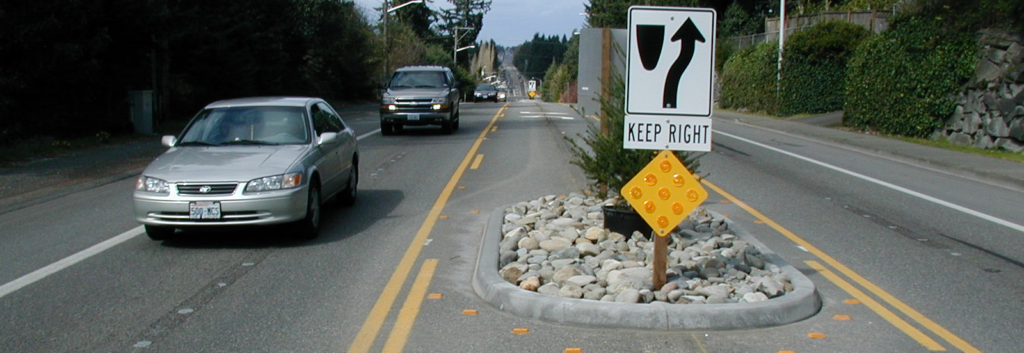
Corsie più strette: Piccoli cambiamenti, strade più sicure
Urban streets are a battleground of competing needs. But what if one subtle design tweak could shift outcomes dramatically? A 2025 Sustainability study analyzed 320 arterial road segments across Utah and revealed a high-stakes truth: each additional foot of vehicle lane width raises the 85th-percentile speed by roughly 1 mph—and escalates the odds of injury crashes by 38% mdpi.com.
Why Lane Width Matters
Wider lanes feel forgiving—and drivers respond accordingly. That extra space translates directly into higher speeds, which in urban environments exponentially increases crash severity. Even a modest 1 mph uptick can be the difference between a bruise and a life-altering injury.
Crunching the Numbers
The study’s findings are stark: every added foot ups injury-crash probability by nearly two-fifths, a relationship that held strong regardless of other factors. Narrowing lanes to 10–11 ft isn’t just theoretical—it’s an evidence-backed prompt for meaningful change.
A Cost‑Effective Shift
Unlike expensive infrastructure projects, lane-narrowing—often called a “road diet”—can be implemented swiftly via restriping. It’s fast, inexpensive, and reversible. Plus, it opens room for sidewalks, bike lanes, curb extensions, greenery—or all of the above.
Global Momentum & Supporting Evidence
Utah’s findings echo broader trends: Boston’s separated lanes more than halved crashes; Florida’s driveway density study further warns against careless access design. Together, they form a compelling narrative—streets designed with precision protect lives.
Implementation Playbook
- Audit & Target: Use local data to find dangerously wide roads.
- Engage Stakeholders: Show communities the case for subtle change.
- Pilot First: Quick-build restripes demonstrate safety gains.
- Measure Impact: Track speeds and crash stats before and after.
- Iterate & Expand: Scale successful pilots across the study area
Why It Matters
This isn’t about urban dogma—it’s a pragmatic intervention rooted in data. Narrowing lanes doesn’t reduce access; it rebalances it. It’s about reclaiming public space while controlling speed and risk.
A Call to Action
For planners and advocates, lane width is a low-hanging fruit. It’s a design dial that—when turned—yields safer streets, healthier communities, and better walking and cycling experiences. Let’s shift from brute redesigns to precise interventions. Let’s narrow lanes and broaden opportunity.
